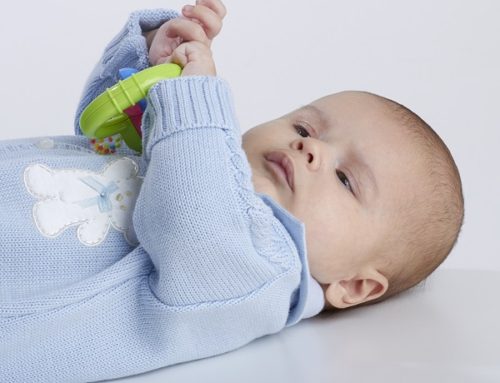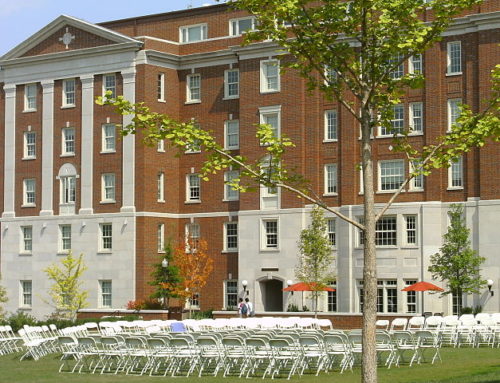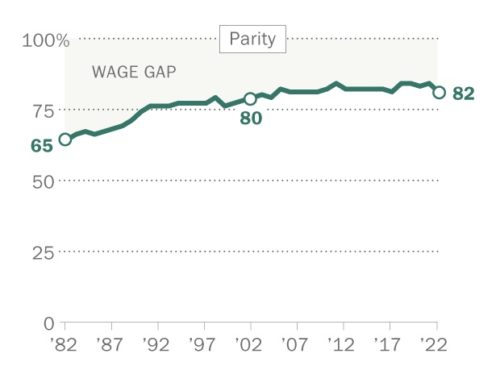I normally rewrite the material that I describe; however, in this case I have extracted much from Wikipedia because it accurately portrays the horrible abuse that was inflicted on the McMartin family.
I find it particularly disturbing that the judicial process was so flawed in Manhattan Beach, California where one would have expected the rule of law and the presumption of innocence to be extolled.
After seeing the movie and reading about the trial, I believe that within 90 day almost all of the allegations would have been thrown out. The district attorney and chief prosecutor should have been disbarred for their flagrant misuse of their offices.
Last night I saw a movie based on the McMartin Trial. This jogged my memory about this deplorable miscarriage of justice. That is, for five years an innocent family was subjected to prison terms, humiliated in the community, lost their livelihood, and were bankrupted by false charges that they engaged in heinous acts of sexual abuse of children.
All of the members of the family were denied for some time period bail and some were denied for close over 5 years. Staying in prison when you are accused of child molestation is “cruel and unusual punishment.” Their fellow prisoners and prison guards abused them relentlessly.
The mother who initially brought the charges, Judy Johnson, ultimately was diagnosed and hospitalized for acute paranoid schizophrenia. In 1986 she was found dead in her home from complications of chronic alcoholism. Almost from the beginning, the prosecutors recognized that Ms. Johnson was severely disturbed but failed to perform any due diligence on the honesty of her comments.
The police used a prison stooge (George Freeman), to fabricate a story that Ms. McMartin’s son (Bucky) had admitted his guilt. The stooge had previously been convicted of perjury; however, the judge let Mr. Freeman testify. Freeman made up such extraordinary stories in order to get favorable treatment on a homicide charge.
Kee MacFarlane, the clinical psychologist that the state used to interview the children turned out to (1) never receiving a clinical license in any state that she practiced in (2) had on-going sex with a key television personality (Wayne Satz) who daily broadcast sensational stories about “satanic” activities at the school and (3) for months was on the Opry Winfrey show describing in depth the purported misdeeds of the McMartin family.
Bizarre Allegations
Some of the accusations were described as “bizarre overlapping with accusations that mirrored the emerging satanic ritual abuse panic. It was alleged that, in addition to having been sexually abused, they saw witches fly, traveled in a hot-air balloon, and were taken through underground tunnels. When shown a series of photographs by Danny Davis (the McMartins’s lawyer), one child identified actor Chuck Norris as one of the abusers.[21]
Some of the abuse was alleged to have occurred in secret tunnels beneath the school. Several excavations turned up evidence of old buildings on the site and other debris from before the school was built, but no evidence of any secret chambers or tunnels was found.
There were claims of orgies at car washes and airports, and of children being flushed down toilets to secret rooms where they would be abused, then cleaned up and presented back to their parents.
Some child interviewees talked of a game called “naked movie star” and suggested they were forcibly photographed nude. During the trial, some of the children’s testimony stated that the “naked movie star” game was actually a rhyming taunt used to tease other children – “What you say is what you are, you’re a naked movie star,” – and had nothing to do with having naked pictures taken
Johnson, who made the initial allegations, made bizarre and impossible statements about Raymond Buckey, including that he could fly. Though the prosecution asserted Johnson’s mental illness was caused by the events of the trial, Johnson had admitted to them that she was mentally ill beforehand. Evidence of Johnson’s mental illness was withheld from the defense for three years and, when provided, was in the form of sanitized reports that excluded Johnson’s statements, at the order of the prosecution One of the original prosecutors, Glenn Stevens, left the case in protest and stated that other prosecutors had withheld evidence from the defense, including the information that Johnson’s son did not actually identify Ray Buckey in a series of photographs. Stevens also accused Robert Philibosian, the deputy district attorney on the case, of lying and withholding evidence from the court and defense lawyers in order to keep the Buckeys in jail and prevent access to exonerating evidence.
Trial
On March 22, 1984, Virginia McMartin, Peggy McMartin Buckey, Ray Buckey, Ray’s sister Peggy Ann Buckey and teachers Mary Ann Jackson, Betty Raidor, and Babette Spitler were charged with 115 counts of child abuse, later expanded to 321 counts of child abuse involving 48 children. In the 20 months of preliminary hearings, the prosecution, led by attorney Lael Rubin, presented their theory of sexual abuse. The children’s testimony during the preliminary hearings was inconsistent.
Michelle Smith and Lawrence Pazder, co-authors of the now-discredited Satanic ritual abuse autobiography Michelle Remembers, met with the parents and children involved in the trial, and were believed by the initial prosecutor Glenn Stevens to have influenced the children’s testimony.
In 1986, a new district attorney called the evidence “incredibly weak,” and dropped all charges against Virginia McMartin, Peggy Ann Buckey, Mary Ann Jackson, Betty Raidor and Babette Spitler.
Peggy McMartin Buckey and Ray Buckey remained in custody awaiting trial; Peggy McMartin’s bail had been set at $1 million and Ray Buckey had been denied bail.
In 1989, Peggy Anne Buckey’s appeal to have her teaching credentials re-instated after their suspension was granted. The judge ruled that there was no credible evidence or corroboration to lead to the license being suspended, and that a review of the videotaped interviews with McMartin children “revealed a pronounced absence of any evidence implicating [Peggy Ann] in any wrongdoing and … raises additional doubts of credibility with respect to the children interviewed or with respect to the value of CII interviewing techniques themselves.” The following day the crediting board of Sacramento endorsed the ruling and restored Buckey’s right to teach.
Acquittal and dismissal
In 1990, after three years of testimony and nine weeks of deliberation by the jury, Peggy McMartin Buckey was acquitted on all counts. Ray Buckey was cleared on 52 of 65 counts, and freed on bail after more than five years in jail. Nine of 11 jurors at a press conference following the trial stated that they believed the children had been molested but the evidence did not allow them to state who had committed the abuse beyond a reasonable doubt. Eleven out of the thirteen jurors who remained by the end of the trial voted to acquit Buckey of the charges; the refusal of the remaining two to vote for a not guilty verdict resulted in the deadlock.
The media overwhelmingly focused on the two jurors who voted guilty at the expense of those who believed Buckey was not guilty. Buckey was retried later on 6 of the 13 counts, which produced another hung jury. The prosecution then gave up trying to obtain a conviction, and the case was closed with all charges against Ray Buckey dismissed. He had been jailed for five years without ever being convicted of committing any crime.
Media coverage
In 1988, The New York Times reported that the case “attracted national attention when the authorities speculated that hundreds of children might have been molested and subjected to satanic rituals” and “has teetered on the brink of mistrial”.
The media coverage was generally skewed towards an uncritical acceptance of the prosecution’s viewpoint.[5] David Shaw of the Los Angeles Times wrote a series of articles, which later won the Pulitzer Prize, discussing the flawed and skewed coverage presented by his own paper on the trial. It was only after the trial that coverage of the flaws in the evidence and events presented by witnesses and the prosecution were discussed.
Wayne Satz, at the time a reporter for the Los Angeles ABC affiliate television station KABC, reported on the case and the children’s allegations. He presented an unchallenged view of the children’s and parents’ claims.[35]Satz later entered into a romantic relationship with Kee MacFarlane, the social worker at the Children’s Institute International, who was interviewing the children.[35] Another instance of media conflict of interest occurred when David Rosenzweig, the editor at the Los Angeles Times overseeing the coverage, became engaged to marry Lael Rubin, the prosecutor.



